What is Ewing Sarcoma?
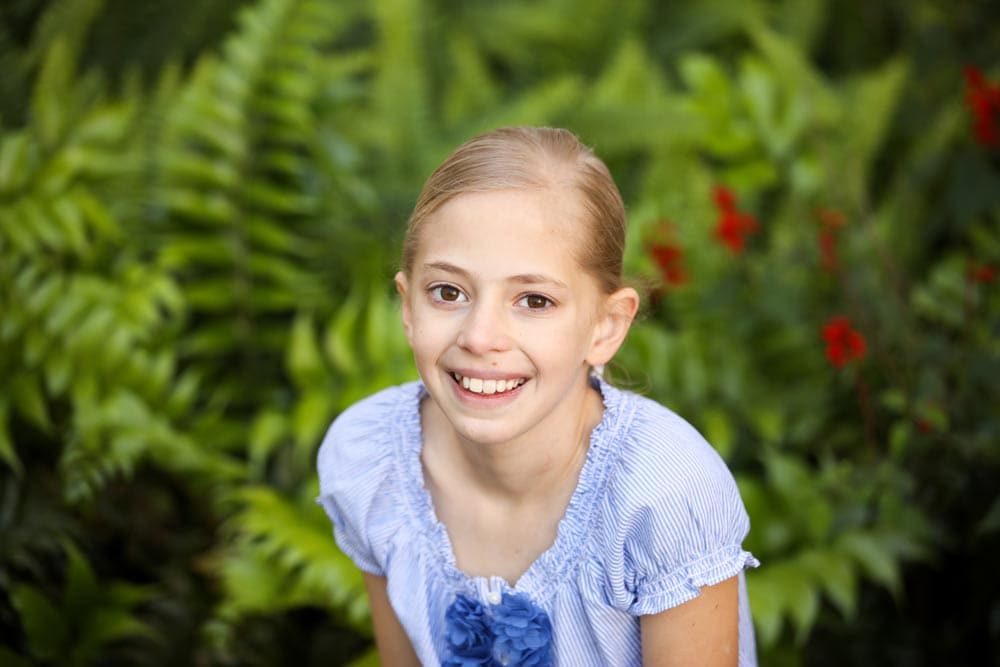
Rally Kid Carolyn spent over 100 nights in the hospital when she was fighting Ewing sarcoma. She is now cancer free!
Ewing Sarcoma Defined
Ewing sarcoma is a cancerous bone tumor that affects children, adolescent and young adults—usually developing during puberty between the ages of 10 and 20 years old. Approximately 87% of Ewing sarcomas are in the long bone, meaning the arm, thigh, shin and pelvis.
On rare occasion, Ewing sarcomas can occur in soft tissue like cartilage or nerves. These are called pPNET tumors and can be found in the nerve tissue in many parts of the body; if a pPNET is found in the chest, it is called an Askin tumor.
Ewing Sarcoma Symptoms
The most common symptom of Ewing sarcoma is pain and swelling at the site of the tumor that hasn’t gotten better after a couple of weeks. There also can be fever, stiffness and a lump that is warm and soft when touched. Sometimes a bone will break without cause. Symptoms can also include limping if it is in the leg or trouble breathing if it is in a rib.
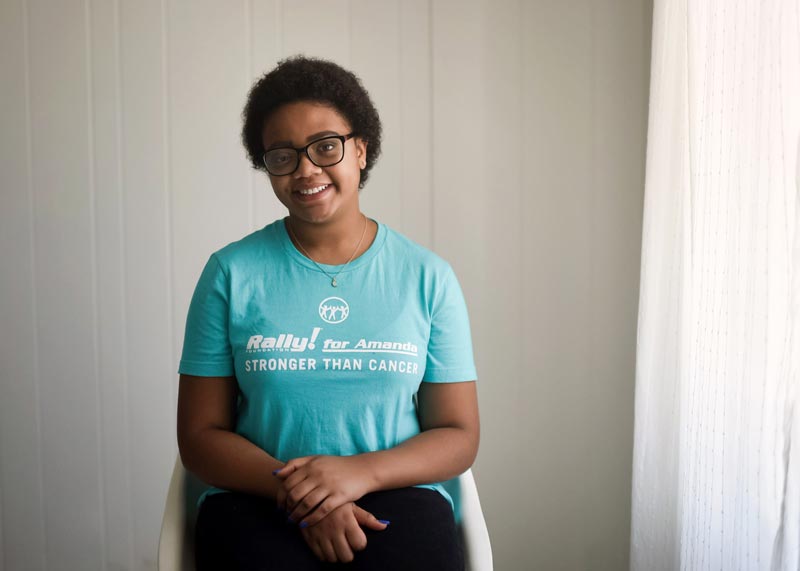
Rally Kid Amanda got an MRI after having recurring styes in her eyes—ultimately leading to a diagnosis of Ewing sarcoma.
What Causes Ewing Sarcoma?
Ewing sarcoma is believed to be a random mutation that causes a fusion gene. Ewing sarcoma involves two genes on two chromosomes: EWSR1 gene on chromosome 22 and FLI1 on chromosome 11, forming EWSR1/FLI1 fusion gene. This genetic change is not inherited.
Ewing Sarcoma Diagnosis and Treatment
Ewing sarcoma is diagnosed by taking a biopsy of the tumor and having it analyzed under a microscope in in the lab. Also, molecular testing is available for Ewing sarcoma. Prior to the biopsy surgery—or after the surgery and diagnosis—X-rays, MRI, CT of the chest, a bone marrow biopsy and a radioisotope scan of all the bones in the body will be done to see if the cancer has spread.
Treatment involves chemotherapy, radiation and/or surgeries that can include limb salvage surgery, depending on the location of the tumor.
“While it is true that almost 75% of patients with localized Ewing sarcoma are cured with standard therapy, those numbers are not remotely good enough,” shared Dr. Brian Crompton, a physician at the Dana-Farber Cancer Institute and the Assistant Professor of Pediatrics at Harvard Medical School.
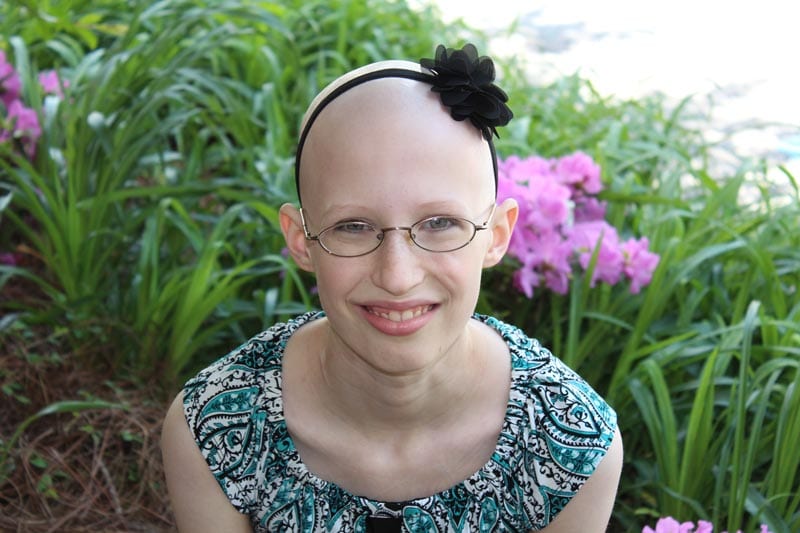
Rally Kid Sarah bravely fought Ewing sarcoma twice, but she sadly passed away on October 10, 2016.
Dr. Compton continued, “For patients with metastatic disease, the cure rates are far too low. We cannot rest until we have cures for 100% of patients with Ewing sarcoma.”
Advice for Families with Newly Diagnosed Ewing Sarcoma
Dr. Peter Anderson, who specializes in Ewing sarcoma at the Cleveland Clinic, shared this advice for newly diagnosed Ewing sarcoma patients or parents of a child that was recently diagnosed:
- Be organized. Use calendars so you can plan ahead. If your oncologist does not give you one when you sign the chemotherapy consent, ask for one.
- If you seem rushed at appointments, ask for an early morning appointment or end of day appointment in the outpatient clinic.
- Discuss fertility preservation.
- Start standard of care therapy and expect to develop a “therapeutic alliance” which consists of parents, families and caregivers to make it better as you become more knowledgeable and accomplish the extraordinary.
- Get advice and written information from nurse educators in the practice who are knowledgeable about how to access care, drug side effects, services available like child life specialist, palliative care, nutrition in addition how to sustain without getting battle fatigue.
- Talk to the social worker. They can help with logistics like work/school, parking, hospital and clinic navigation.
- Get help organizing your friends and family.
- Although it is OK to get a 2nd opinion and have virtual visits, it is generally not needed unless the pathology report or molecular testing needs reviewing.
What About Ewing Sarcoma Research?
Like many cancers, the treatment protocol for Ewing sarcoma has been around for decades and comes with the typical short and long-term side effects commonly associated with chemotherapy regimens. Researchers, however, are looking to develop therapies that are toxic only to the Ewing sarcoma cancer cells and leave other cells unharmed with minimal side effects.
“The main challenge with finding new treatments for Ewing sarcoma is that we still don’t know enough about the biology of the disease,” Dr. Crompton said. “We do know that Ewing sarcoma is driven by a mutation that creates a unique cancer-causing protein called EWS/FLI. However, targeting the activity of this protein in Ewing sarcoma cells with drugs has remained elusive. It is critical that we continue to search for new targetable vulnerabilities in Ewing sarcoma cancer cells so that we can find new drugs that are more effective with less side effects.”
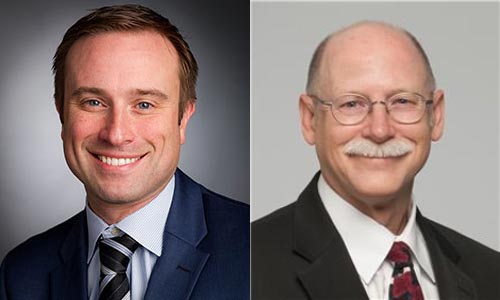
Dr. Brian Compton (L) and Dr. Peter Anderson (R)
Despite the challenges, a bright spot remains for Ewing sarcoma researchers. Through painstaking clinical trials, improvements in outcomes have been achieved by intensifying chemotherapy treatment regimens.
“The most recent studies demonstrate that these treatments cure nearly 75% of patients with localized disease, an amazing achievement when considering the historically poor outcomes achieved by surgery alone (prior to the advent of chemotherapy),” shared Dr. Crompton. “There are also several ongoing early phase clinical trials of new drugs that target specific aspects of Ewing sarcoma biology. We don’t yet know if these new agents will be effective and we do know that single-agent therapy is unlikely to cure any cancer, so we must continue to search for new treatment strategies and combinations of drugs for Ewing sarcoma through basic, translational and clinical research.”
Join the Fight Against Ewing Sarcoma
Dr. Crompton, Dr. Anderson and countless other researchers continue to strive for better treatments with fewer long-term side effects for Ewing sarcoma patients—but they need our help.
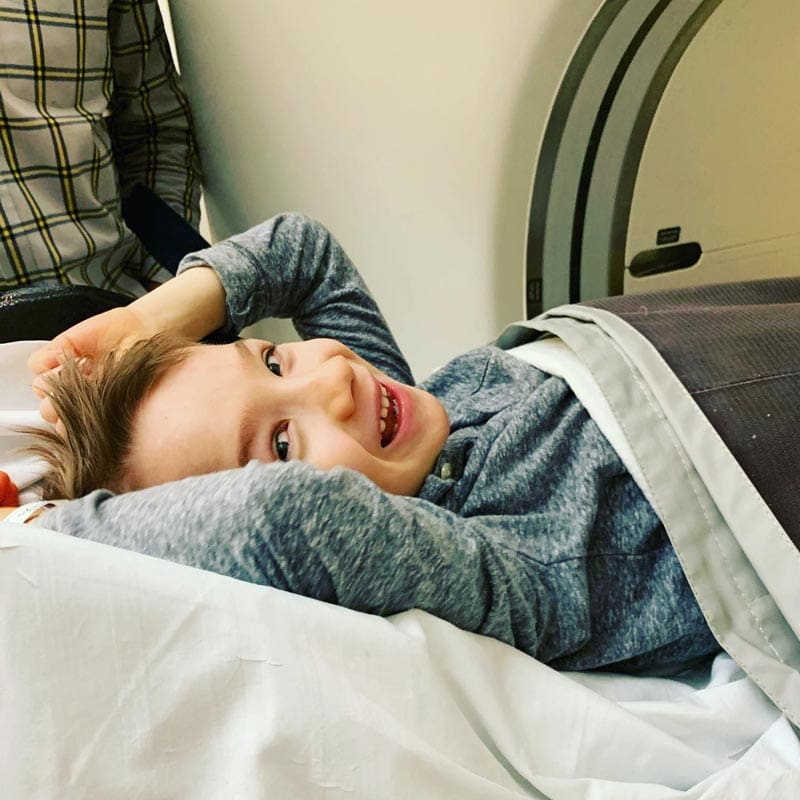
Rally Kid Gus endured many rounds of intense chemotherapy and multiple invasive surgeries during his battle with Ewing sarcoma, but he never lost his smile!
By supporting Rally Foundation for Childhood Cancer Research, you can help make a difference in the lives of kids just like Carolyn, Amanda, Sarah and Gus.
0 Comments
Trackbacks/Pingbacks